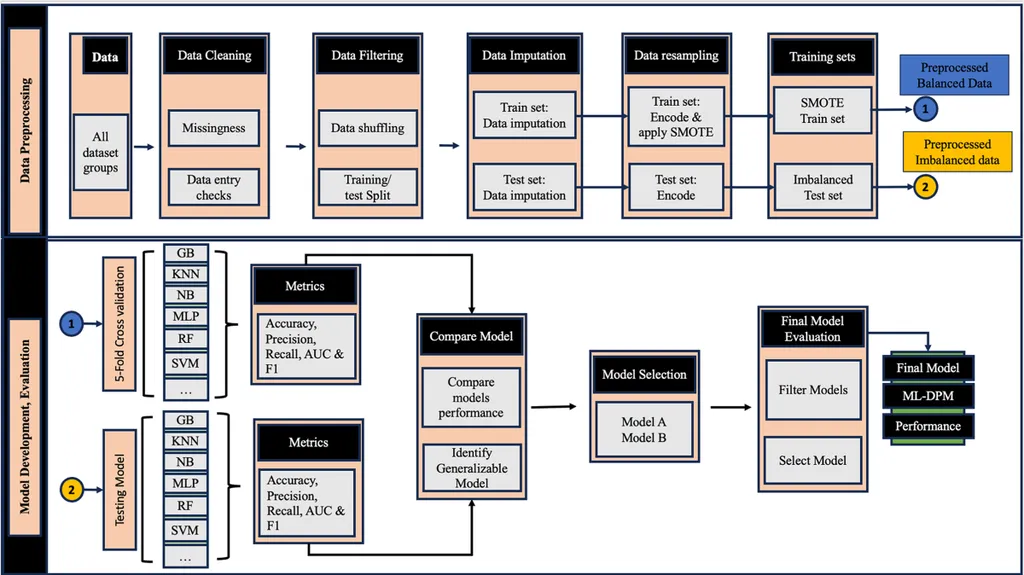In the quest for sustainable construction practices, a groundbreaking study published in the journal *Scientific Reports* (translated from Russian as “Scientific Reports”) offers a promising solution to a longstanding challenge: predicting the deconstructability of buildings. Led by Habeeb Balogun of the Big Data Technologies and Innovation Lab at the University of Hertfordshire, the research introduces a machine learning model that could revolutionize how we approach building deconstruction, a critical aspect of the circular economy.
The construction industry is a significant consumer of materials and a major generator of waste. As the principles of the circular economy gain traction, the focus on resource efficiency and reuse becomes ever more important. Deconstruction, the careful disassembly of buildings into reusable components, is a key practice in this movement. However, not all buildings are suitable for deconstruction, and traditional methods of assessment—manual inspections—can be both costly and time-consuming.
Balogun’s research addresses this issue head-on. “The idea is to streamline the process of assessing a building’s deconstructability,” Balogun explains. “By using machine learning and ensemble feature selection techniques, we can predict which buildings are viable candidates for deconstruction, saving time and resources.”
The model developed by Balogun and his team leverages data from real-world deconstruction projects to identify key factors that influence deconstructability. This predictive tool could significantly impact the energy sector, where the reuse of building materials can lead to substantial cost savings and reduced environmental impact. “This technology has the potential to unlock significant economic value, particularly at the end of a building’s useful life,” Balogun notes.
The implications of this research extend beyond immediate cost savings. By making deconstruction more predictable and efficient, the model could accelerate the adoption of circular economy principles in the construction industry. This shift could lead to a more sustainable built environment, reducing waste and conserving resources.
As the construction industry continues to evolve, the integration of advanced technologies like machine learning will play a crucial role in driving innovation. Balogun’s research is a testament to the power of data-driven decision-making, offering a glimpse into a future where sustainability and efficiency go hand in hand. “This is just the beginning,” Balogun says. “The potential applications of this technology are vast, and we are excited to see how it will shape the future of construction.”
In a field where every decision has a ripple effect, the ability to predict deconstructability could be a game-changer. As the industry moves towards greater sustainability, this research provides a valuable tool for achieving that goal. The journey towards a circular economy is complex, but with innovations like this, the path becomes clearer and more achievable.

